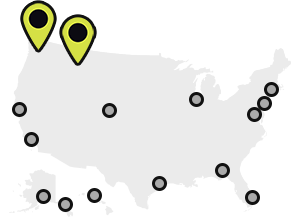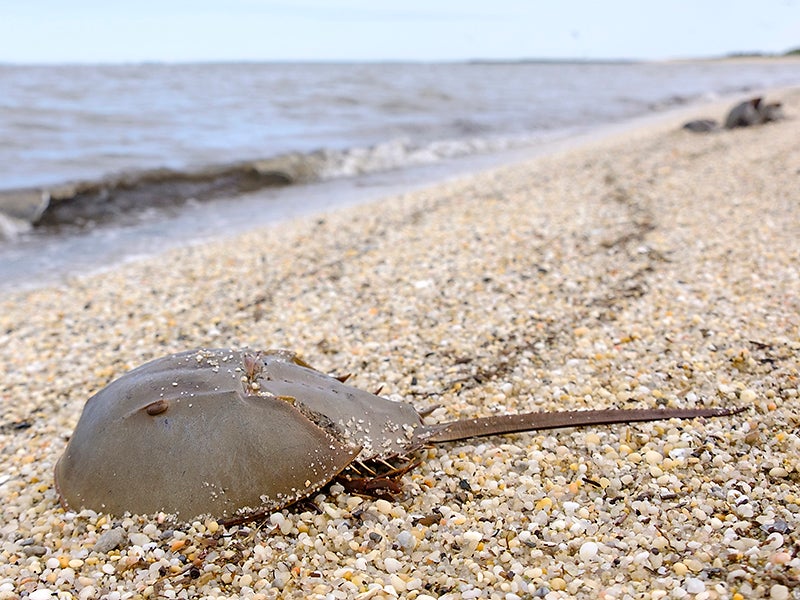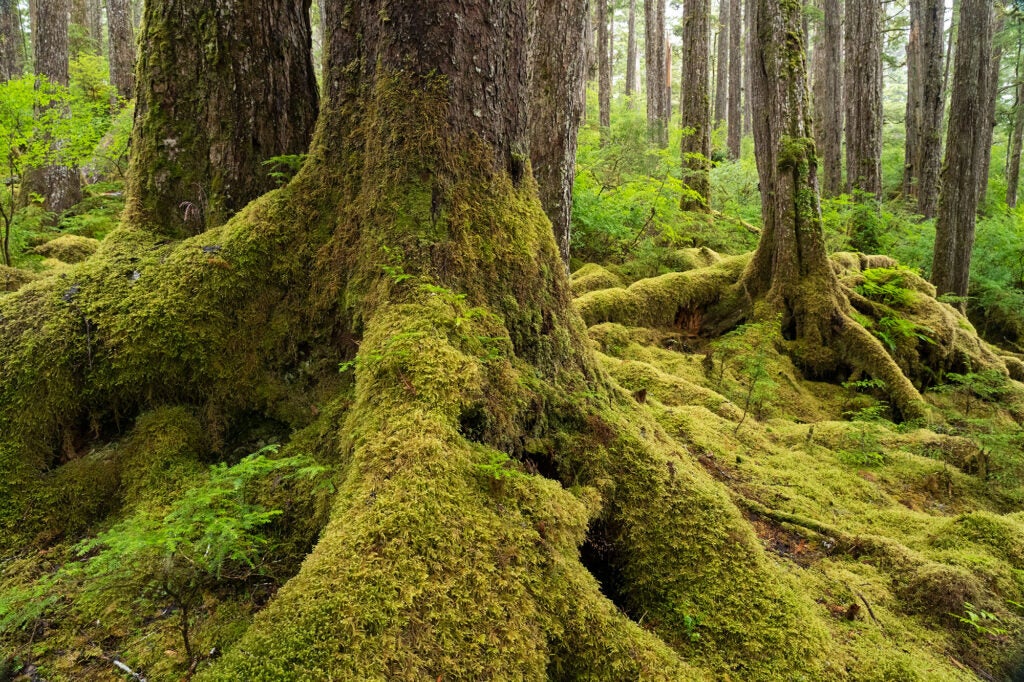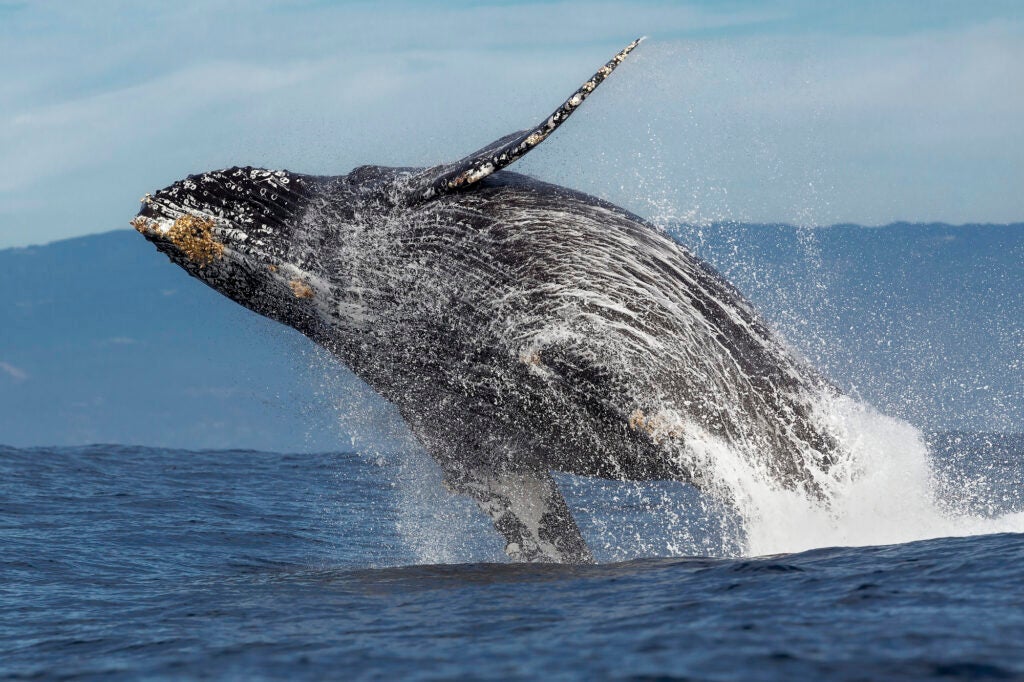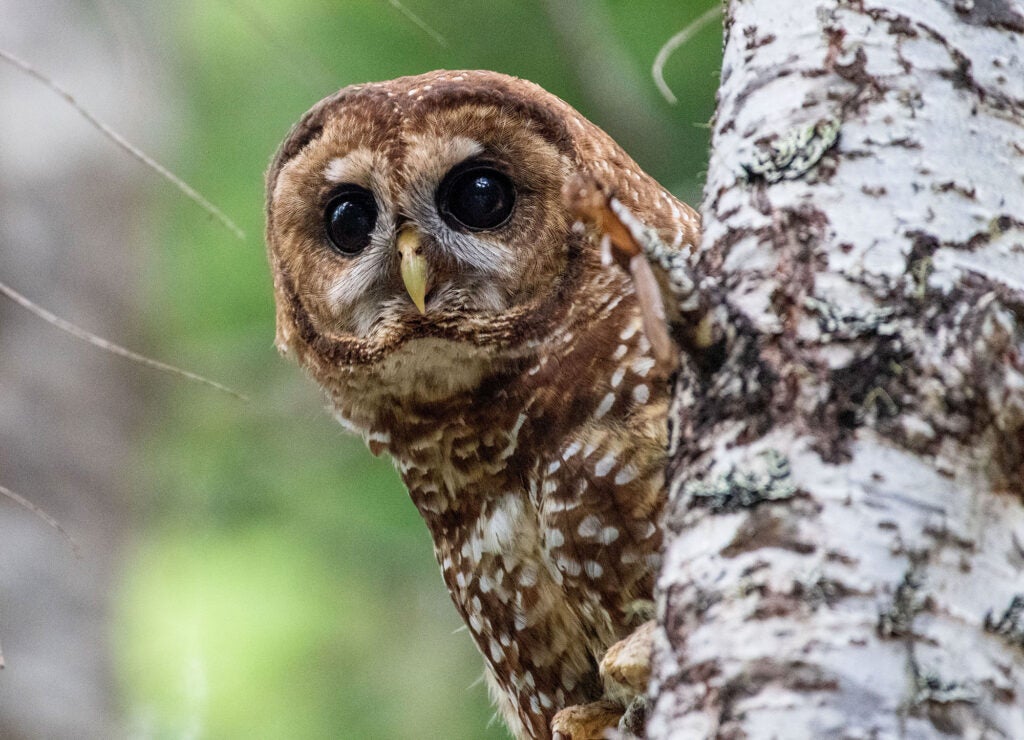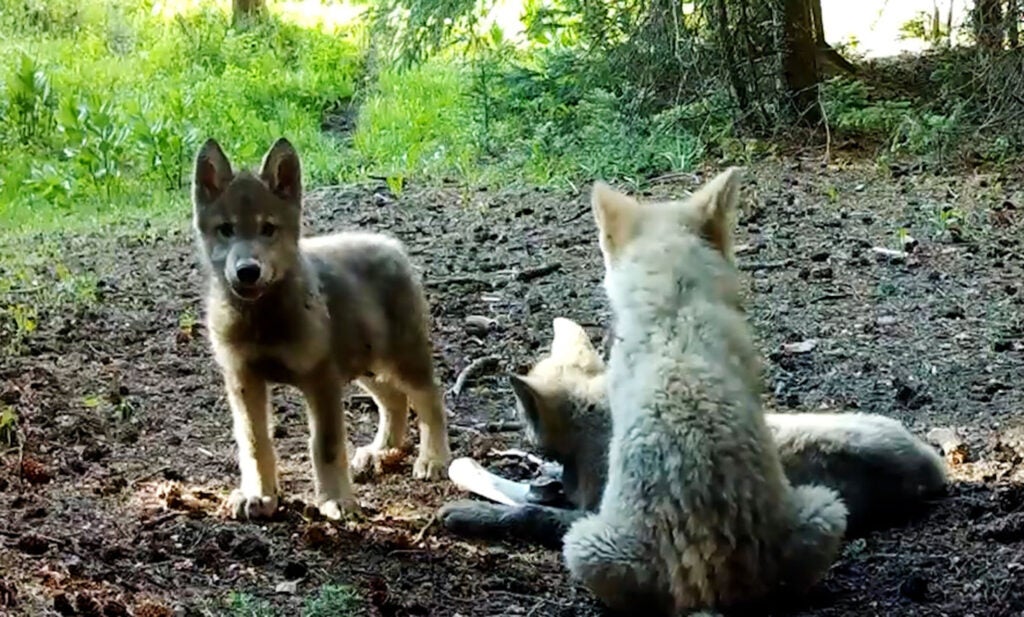Media Inquiries
Perry Wheeler
Public Affairs and Communications Strategist
pwheeler@earthjustice.org
Legal Assistance Inquiries
Contacto de Prensa
Robert Valencia
Estratega de Comunicaciones y Asuntos Públicos Hispanos/Latinos
rvalencia@earthjustice.org
The Biodiversity Defense Program fights to reshape our relationship to lands, water, and wildlife everywhere by confronting the major drivers of the decline in nature, including habitat destruction and over-exploitation of wildlife.
Our Impact
Biodiversity is Critically Important
We are facing a biodiversity crisis. Human consumption and extraction are not only destabilizing the climate but also jeopardizing the entire web of life on Earth.
Roughly a million of the Earth’s estimated eight million species are threatened with extinction in the coming decades. Protecting the diverse range of species and the habitat on which they rely is more important than ever.
Our own fate is inextricably linked to the plants and animals with which we share this planet. Sustaining wild nature is essential to mitigating climate change and ensuring a livable future for us all.
The climate and biodiversity crises are linked and must be tackled together. Climate change, however, is not the only threat to biodiversity. In fact, habitat destruction is the largest driver of biodiversity loss. The rapid extinction crisis that we are facing calls for a comprehensive strategy that can be deployed alongside efforts to tackle climate change.
Protecting Wildlife and Wildlands from Extinction, Overexploitation, and Habitat Destruction
The Biodiversity Defense Program builds upon Earthjustice’s 50-year legacy of protecting wildlife and wildlands by focusing its attention on the biggest drivers of biodiversity loss, including habitat destruction and over-exploitation of wildlife.
Because this work is immense and intersectional, a key piece of this program’s strategy is partnering with Earthjustice’s 14 regional offices and programs to add litigation and policy knowledge to their work and to build new partnerships.
What We Work Towards
- Significant progress on the ground toward preserving, protecting, and restoring species and intact ecosystems, including action on key drivers of biodiversity loss.
- The linking up of balanced ecosystems into a network of ecologically rich, resilient refuges that give wildlife the freedom to roam in a warming world.
- More protective management of ecosystems, particularly on federal lands, which will result in resiliency to withstand climate change.
- Through litigation and advocacy with the Biden administration, sharply reduce fossil fuel leasing and development within federal lands and waters.
Highlights of Our Work
- Gray Wolves: Earthjustice’s legal team has been battling for more than 25 years to protect the gray wolf. A successful lawsuit led to a federal district court striking down in 2022 a U.S. Fish and Wildlife Service rule that removed federal protections from gray wolves across much of the U.S. Among other work to advance protections for wolves, we continue to advocate for a robust recovery plan for Mexican gray wolves, and emergency relisting for Northern Rockies wolves, which had their federal protections stripped through a series of administrative and legislative maneuvers.
- Florida Manatees: Manatees were downlisted from endangered to threatened in 2017 and since then have suffered significant setbacks, including unprecedented mass starvation from catastrophic seagrass die-off. On behalf of our clients, Earthjustice is working to protect the manatees from unchecked water pollution that fuels algae outbreaks that kill seagrass and prevent it from growing back.
- Red Knot Shorebirds: Red knots make one of the most epic migrations in the animal kingdom, starting as far south as Tierra del Fuego and flying more than 9,000 miles to their breeding grounds in the Arctic Circle. For most red knots, Delaware Bay is a critical resting point to replenish and renourish with horseshoe crab eggs before finishing their journeys. However, commercial harvest of horseshoe crabs has significantly impacted the supply of eggs awaiting red knots, which are now listed as threatened under the Endangered Species Act. Earthjustice and a coalition of conservation groups are working to ensure management of horseshoe crabs in Delaware Bay adheres to the Endangered Species Act, providing an adequate food supply for the red knots.
